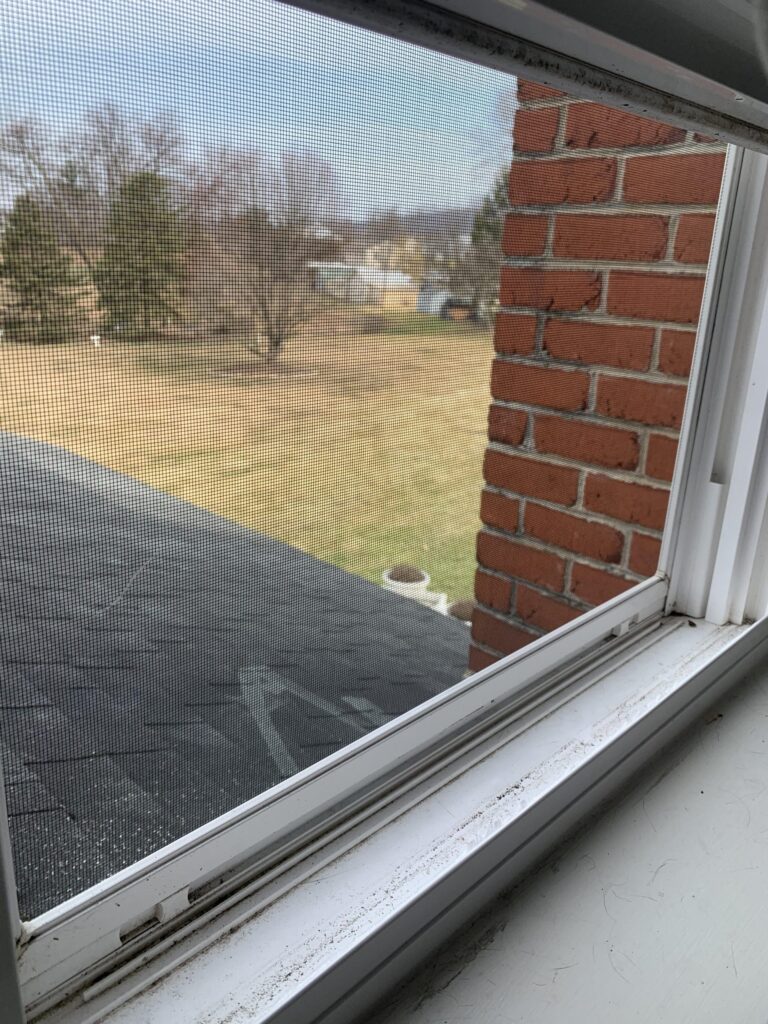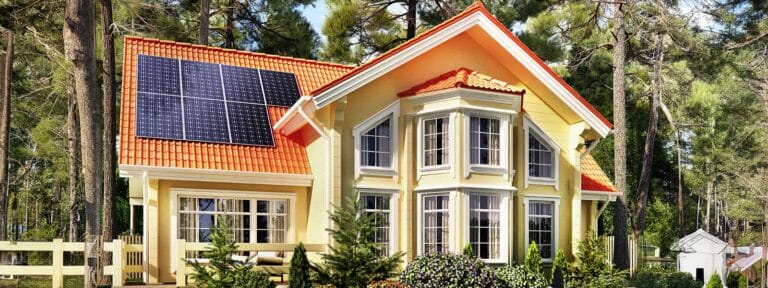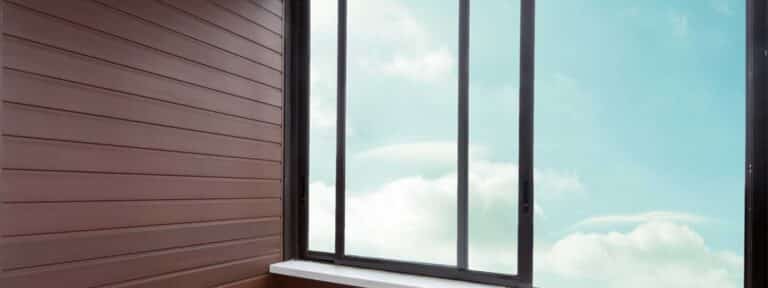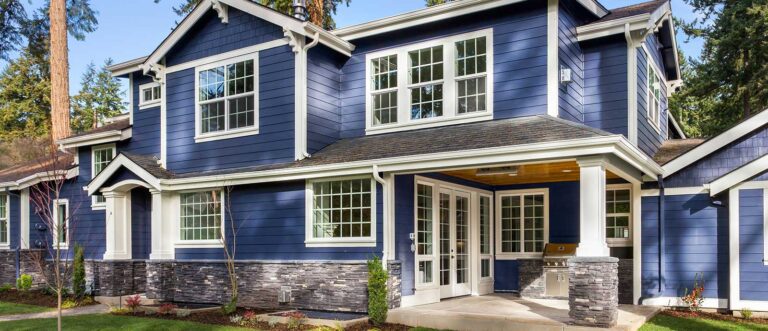Window Components/Terms
Explore the world of window components and terms that will empower you in making informed decisions for your home renovations. Learn more about the window services we can help you with!
Solar Heat Gain Co-Efficient:
Choosing windows with the right SHGC rating can significantly affect your home’s energy efficiency and comfort, especially in regions with extreme temperatures. It’s essential to consider SHGC in conjunction with other performance ratings to select the best windows for your specific needs and climate.
U-factor:
Selecting windows with the appropriate U-factor for your climate and home can significantly impact your comfort and energy consumption. In mixed climates like southeastern Pennsylvania, windows with a lower U-factor are recommended to reduce heat loss during the cold months, contributing to a more energy-efficient and comfortable living environment.
Spacers:
Spacers for windows, such as metal, rubber, and vinyl varieties, help improve energy efficiency by reducing heat transfer and condensation between glass panes. They enhance comfort, prolong window lifespan, and minimize noise transmission, making them essential for modern window insulation and performance.
Panes:
Selecting the right type of window pane for your home involves balancing factors such as climate, energy efficiency goals, budget, and noise reduction needs. While single pane windows are less common in new construction due to their poor insulation, double and triple pane windows offer significant advantages in terms of energy savings, comfort, and noise reduction, making them a worthwhile investment for most homeowners.
Low-E:
Low-E coatings represent a smart investment in any home’s energy efficiency strategy. By choosing the appropriate type of Low-E glass for your climate and specific needs, you can enhance the comfort, protect interior furnishings, and significantly reduce energy costs, making it an essential feature for new or replacement windows.
U-Factor:
Visible Transmittance:
Choosing windows with the right visible transmittance rating involves considering how natural light interacts with your home’s design and functional needs. High VT ratings can transform a space by flooding it with natural light, reducing reliance on artificial lighting, and creating a warm, inviting environment. However, it’s crucial to balance these benefits with the window’s overall energy performance and privacy requirements to achieve the best outcome for your home.
Air Leakage:
Minimizing air leakage in windows is an effective strategy for enhancing a home’s energy efficiency, comfort, and indoor air quality. By selecting windows with low AL ratings, ensuring quality installation, and maintaining the integrity of window seals, homeowners can significantly reduce air leakage, leading to a more comfortable, healthier, and cost-effective living environment.
Screens:
Choosing the right type of window screen involves balancing the need for ventilation and protection with aesthetic preferences and functional requirements. Whether opting for full screens for maximum airflow, half screens for a blend of ventilation and aesthetics, or retractable screens for flexibility, the right screen type can significantly enhance the comfort and usability of your home’s windows.
Foam Filled Frames and/or Sashes:
Foam-filled frames and sashes represent a significant advancement in window technology, offering tangible benefits in terms of energy efficiency, comfort, and noise reduction. When considering new windows or replacements, evaluating the option of foam filling can contribute to achieving better overall performance and satisfaction with your window investment.
Grids/Grid Types:
Window grids offer a blend of style and customization, allowing homeowners to enhance the aesthetic appeal of their windows and, by extension, their entire home. Whether aiming for a traditional look with true divided lites or seeking the simplicity and ease of maintenance offered by between-the-glass grids, there’s a grid type to suit various preferences and requirements.
Fusion Weld vs. Mechanical Fastening:
When choosing between fusion-welded and mechanically fastened vinyl windows, homeowners should consider their priorities in terms of durability, energy efficiency, aesthetics, and budget. Fusion welding offers a superior seal and strength, making it an excellent choice for those looking for long-term performance and energy savings. On the other hand, mechanically fastened windows can be a more accessible option for those with immediate budget constraints or less demanding performance needs.
Gas Filled Windows:
Gas-filled windows represent a significant advancement in window technology, offering tangible benefits in terms of energy efficiency, comfort, and noise reduction. When considering new windows or replacements, evaluating the option of gas fills, whether argon, krypton, or xenon, can contribute to achieving better overall performance and satisfaction with your window investment.
Your home, your investment. ProQuote requires a $250 upfront deposit when you are ready to receive the quotes. We entirely allocated this to your project. It’s a forward-thinking approach that ensures both your time and money are well-respected.
855-880-1132
ProQuote
Home Improvements Simplified
One Visit = Multiple Quotes
Excellent
Based on 16 Reviews












